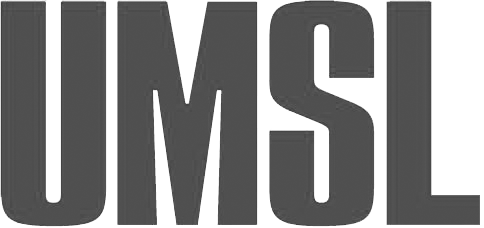By Todd Antoine
On June 9th the House of Representatives approved 2016 funding for Transportation, Housing and Urban Development (THUD; H.R. 2577). The vote was 216 to 210. Six votes decided that the National Housing Trust Fund should be de-funded and barred from receiving additional funding, Veteran Affairs Supportive Housing funds should be eliminated, Choice Neighborhoods should be cut by 75%, Community Development Block Grant (CDBG) cut $6 million, and enforcement of fair housing law weakened.
Todd Antoine, AICP is the Director for Planning at the Great Rivers Greenway District in St. Louis, Missouri. The primary focus of his work is to develop and implement The River Ring, a regional interconnected system of greenways, parks and trails. He coordinates efforts to establish partnerships with local, state and regional entities in the implementation of The River Ring with projects in St. Louis City, St. Louis County and St. Charles County, Missouri.
As deputy director of Great Rivers Greenway District, I talk to a lot of people who are skeptical about the power of parks and greenways to transform communities. They aren’t convinced—until they see the transformation with their own eyes.
One such transformation was the renovation of Ruth Porter Mall Park in the St. Vincent Greenway. This narrow, 8.12-acre park stretches nine blocks through the neighborhoods between Delmar and DeBaliviere Avenue on the south and Etzel and Blackstone Avenue to the north.
Great Rivers Greenway worked to transform the park, which had fallen victim to crime and deterioration since it was first built in 1968. Knowing that access to well-maintained public parks significantly reduces crime; we worked closely with neighborhood residents, City of St. Louis Parks Division staff and local law enforcement to identify specific improvements that would make the park safer and more attractive for people to use.
More than 25 hills and multiple gazebos were removed to improve visibility for park visitors and local law enforcement, and new ornamental light fixtures were installed along the trail. Curbs at streets and alleyways were also sloped to ensure that people of all abilities could use the trail in the park for fitness, recreation or as a way to walk, ride their bike or connect to transit stops.
The newest segment through Ruth Porter Mall Park opened in October 2012. The park went from being a place neighbors were scared to traverse to one that provides an outdoor location for programs and events, a place to get fresh air and exercise, as well a paved trail that serves as alternate transportation for those in the neighborhood. It also creates an important “third place” where people can connect and build community.
Recent trail counts revealed that people are using the trail in the park much more than ever before. In addition, the number of people observed walking in the open spaces associated with the larger St. Vincent Greenway doubled with the renovation and improvement to Ruth Porter Mall Park.
We are eager to expand the transformative power of this greenway as we work towards connecting the northern and southern sections of the existing St. Vincent Greenway. After an extensive community engagement process last year with the assistance of Beyond Housing, we have developed the conceptual alignment for this “missing” 2-mile middle section. The conceptual alignment extends the current edge of the greenway at Etzel and Skinker north to Stephen Jones Avenue where it will link The MET Center, Eskridge High School site, Pagedale Family Support Center and the planned development at the St. Charles Rock Road Metrolink Station. It continues off-road through the Metrolink Station all the way to the existing greenway within St. Vincent County Park.
The renovation of Ruth Porter Mall Park is an incredible example of how greenways and parks can transform communities. It also shows what can be accomplished when the needs of an underserved community are made a priority.
Work is now underway to extend the greenway further south from Delmar and DeBaliviere to Forest Park in conjunction with the Loop Trolley project. When complete, this neighborhood will have even more green space for walking and biking but will also be connected to Forest Park: the crown jewel of our regional park system.
Residents have discovered that the urban green spaces and trails have done more than create a bikeable, walkable community. They have also encouraged deeper inter-community neighborhood relationships, strengthening the region, and making St. Louis a better place to live.
Articles in “From the Field” represent the opinions of the author only and do not represent the views of the Community Builders Network of Metro St. Louis or the University of Missouri-St. Louis.
Articles in “From the Field” represent the opinions of the author only and do not represent the views of the Community Builders Network of Metro St. Louis or the University of Missouri- St. Louis.







